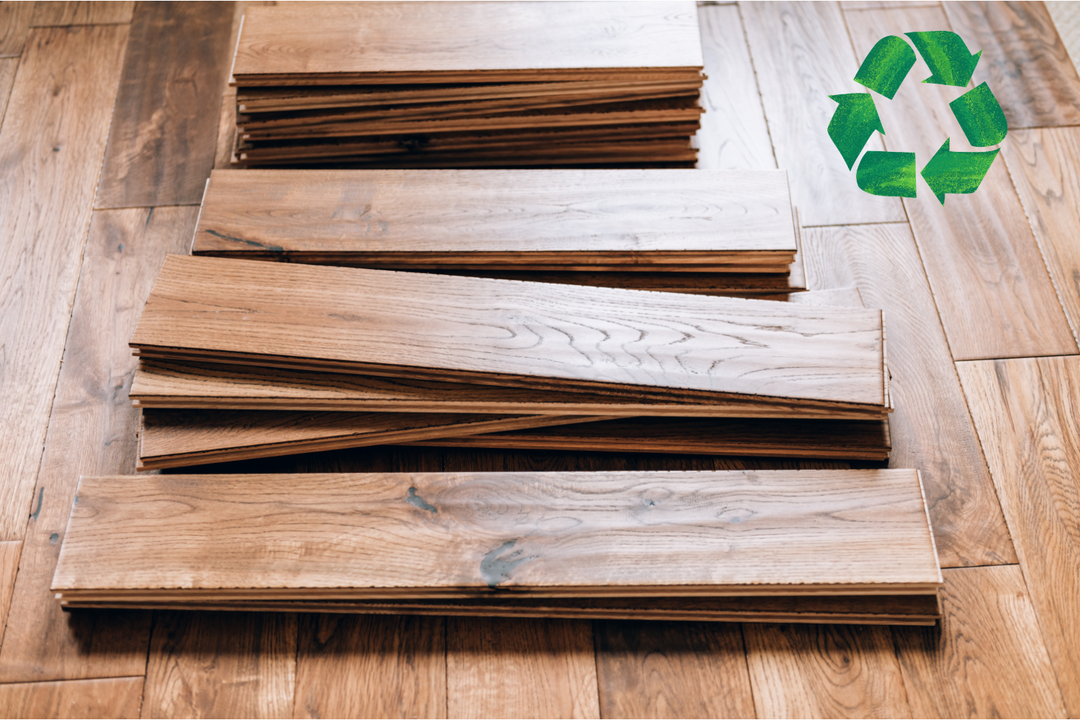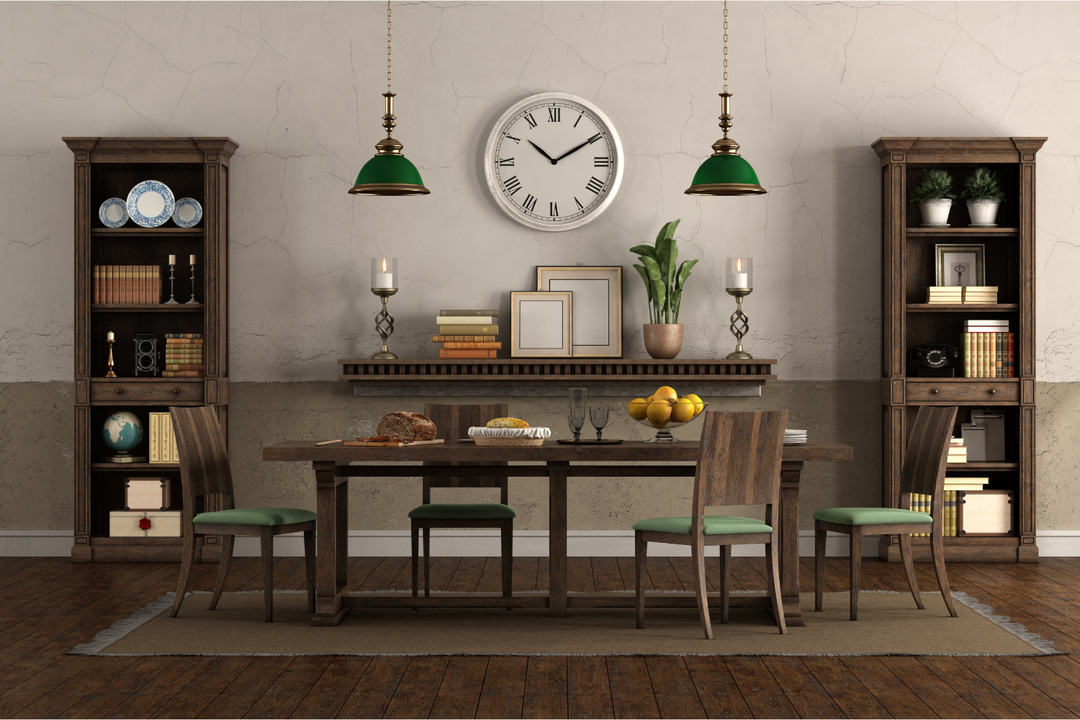The big secret of solid wood furniture: What is the difference between large straight-jointed panels, solid wood veneer, and finger-jointed boards? What are the differences between the 3 production methods?

When people talk about solid wood furniture, consumers may be dazzled by the diverse choices available on the market. Especially when it comes to large straight panels, solid wood veneers and finger-jointed boards, understanding their characteristics and their differences is particularly important when choosing the ideal furniture. This article will introduce each of these three materials and compare their advantages and disadvantages.
Straight piece of big board
Large slab direct joining is a common solid wood furniture manufacturing technology. It is made by joining several wide wooden boards closely together. This method brings out the natural grain and color of the wood, giving it a sense of simplicity and texture. Due to the use of complete wooden boards, this type of furniture is usually stronger and more durable. However, the production cost of large-panel straight-piece furniture is relatively high, and the natural expansion and contraction of wood may also cause cracking or deformation over time.
Solid wood veneer
Solid wood veneer technology is a more economical and practical choice. It refers to pasting a thin layer of solid wood skin on the surface of cheaper wood or artificial boards (such as density boards). This method allows the furniture to have a texture and beauty similar to pure solid wood in appearance, but the cost is greatly reduced. Solid wood veneer furniture is lightweight and easy to maintain, but because of its thin outer layer, it may not be as wear-resistant or impact-resistant as an all-solid wood product.
finger joint board
Finger-jointed board is a board made of many small pieces of wood joined by finger joints. This method effectively utilizes wood fragments, which is not only environmentally friendly, but also relatively low cost. The structure of finger-jointed boards is strong and can effectively reduce the problems of wood deformation and cracking. However, because its surface is made up of many small pieces of wood, it may not be as aesthetically pleasing as large straight panels or solid wood veneer.












Leave a comment